10 Laundry Mistakes You Didn’t Know You Were Making
Updated: Mar. 18, 2024
Even if you've been washing your clothes for years and think you know how to do laundry, these common slip-ups can cause unnecessary damage to fabrics, fit and more.
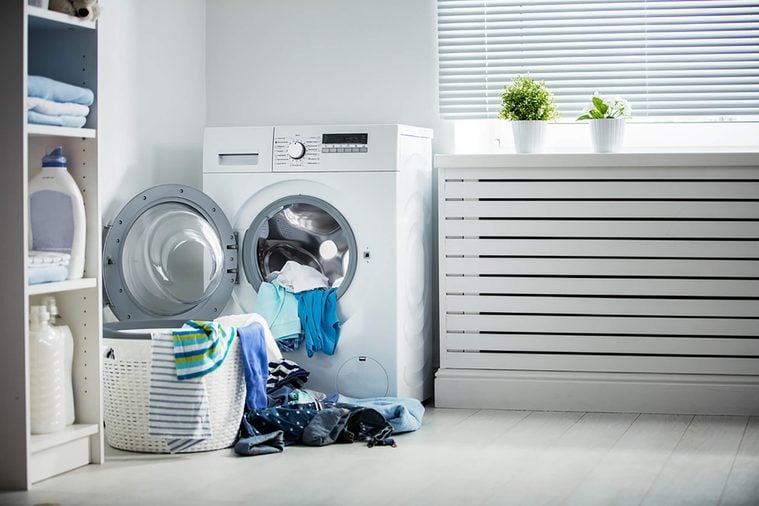
Don’t just sort lights and darks
Separate very dirty or muddy clothes apart from lightly soiled pieces, and heavy or abrasive fabrics like denim from more delicate ones. (For denim, turn inside out, wash in cold water on a gentle cycle, and dry at a low temperature to prevent fading.) To prevent sheets from twisting, wash each set separately instead of the whole family’s at once, and include smaller items like underwear in the load. According to Donna Smallin Kuper, author of The One-Minute Cleaner, the items help prevent twisting because they have different tumble patterns.
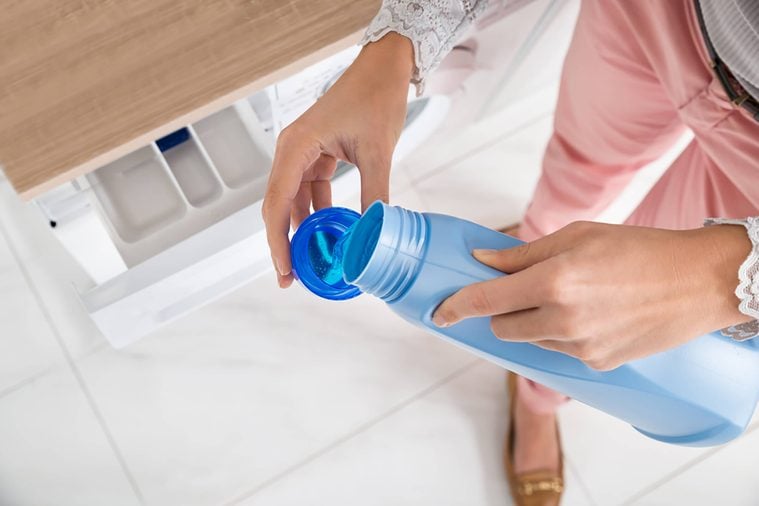
Don’t put detergent directly on your clothes
Believe it or not, there’s a right and wrong way to load the washing machine.(Don’t forget to clean your top-loading washing machine.) Laundry experts say that for best detergent distribution (read: cleaner clothes), place laundry in first, then add water, and lastly add soap. However, if you’re using bleach, add water first, then clothes, and then soap. By the way, have you ever tried laundry strips? They make wash day a breeze.
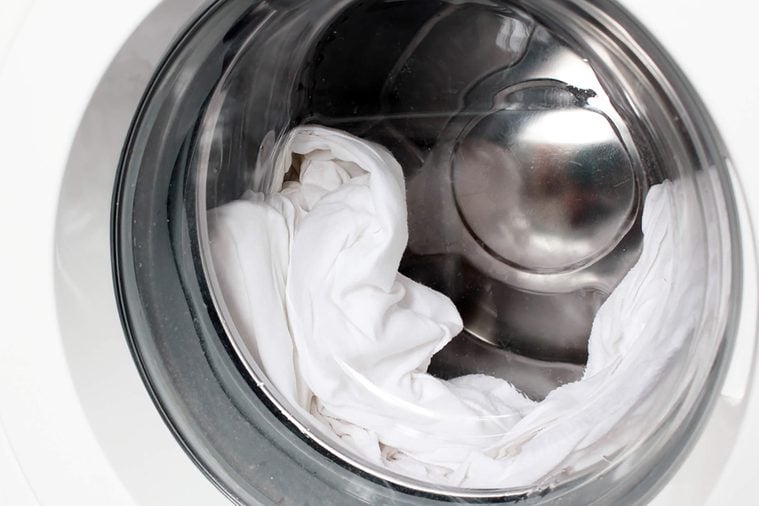
Don’t abuse your dryer
If you have time to air dry, do it. Not only do you save energy by not running the dryer, it’s gentler on delicate items and helps stretchy clothing, like yoga pants, to keep their shape. Whenever you do tumble-dry, don’t overload the dryer, or over-dry fabrics. Then fold or hang them immediately to prevent wrinkles.
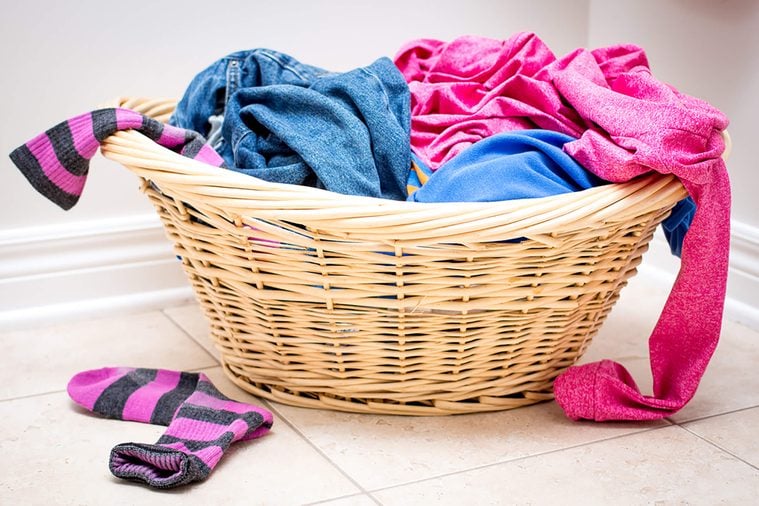
Don’t mix socks with clothes
Tired of losing one less sock every time you do a load? Try placing socks in the washer first, then adding everything else. This makes them less likely to attach to other garments, which often causes them to go missing.
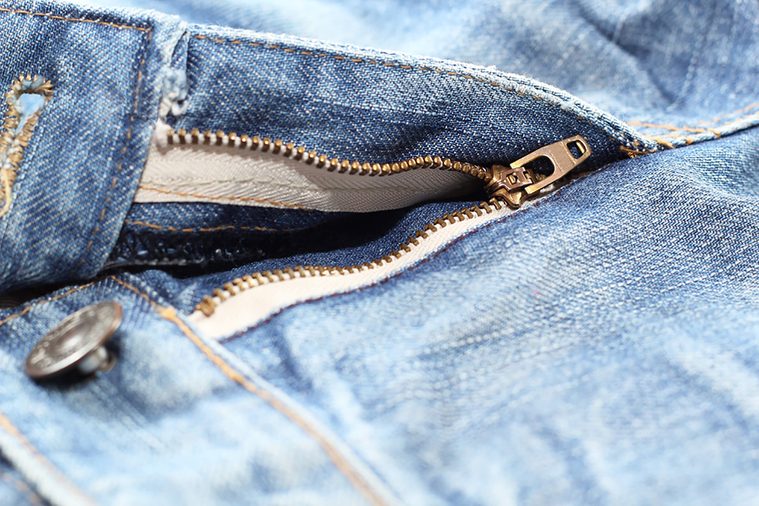
Don’t leave zippers open
Loose zippers can snag delicate clothing, as well as scratch the doors of front-loading washers. Make sure they’re all the way up before you toss in the machine. Also, unclipped bras can pull fabrics or damage the drum if they fly around loose. Invest in lingerie bags or an old pillowcase as a solution.
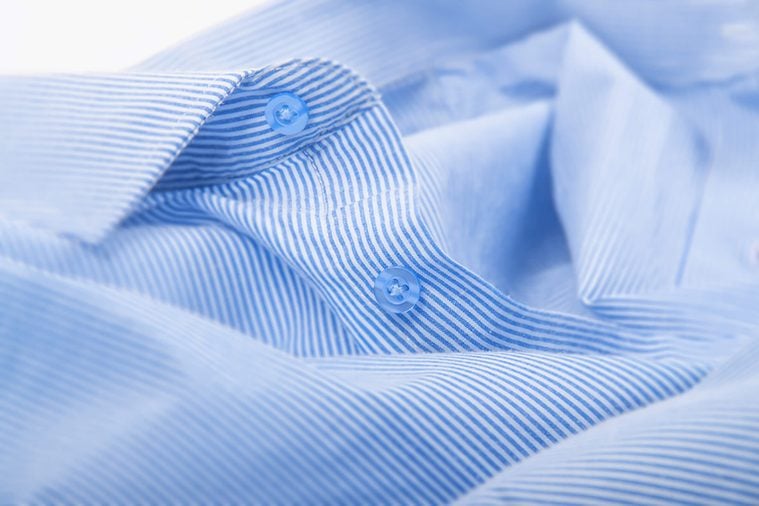
Don’t leave dress shirts buttoned
Yes, zippers should be fastened, but buttons should not. Washing a button-down shirt with the buttons fastened can damage the buttons and rip the buttonholes. And don’t forget about the cuff and collar buttons either! Here are some other tips that make laundry day easier.
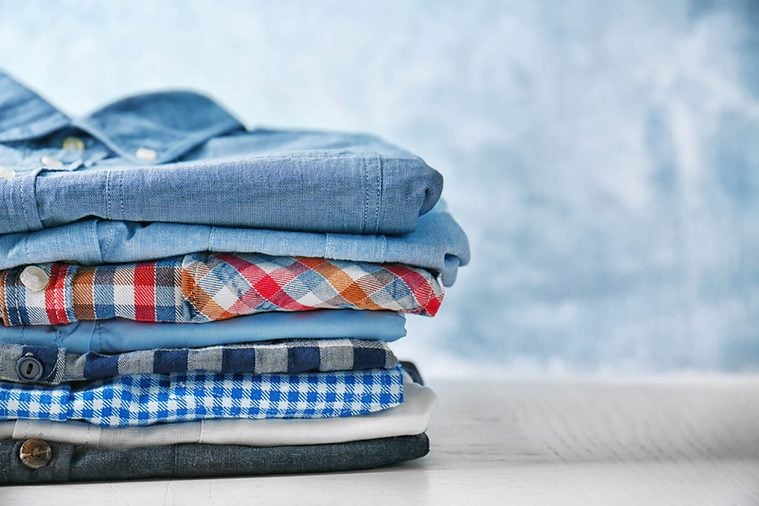
Don’t forget a quick “bleeding” test
If you’re worried about that new red shirt the first time you wash it, do this easy test to find out before a mess happens. Splash a little water on a discreet spot, then soak it up with a paper towel. If the color bleeds onto the towel, wash the clothing separately until the running stops.
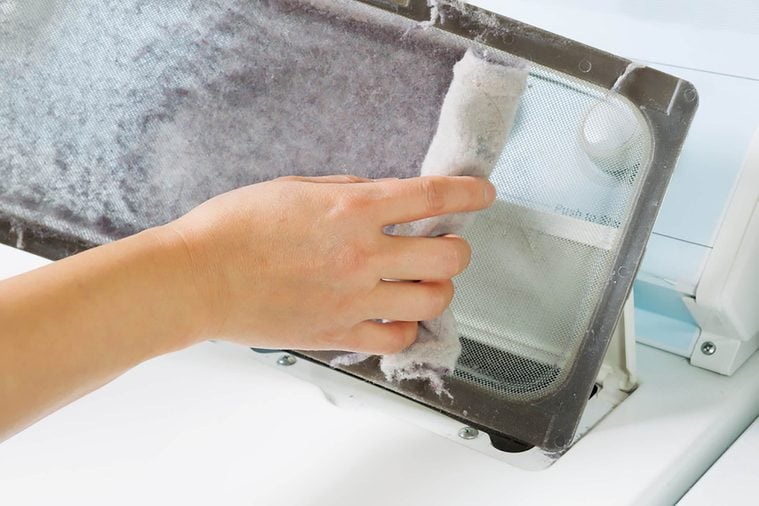
Don’t skip the filter and hose when clearing the lint trap
Empty the lint filter after every cycle, because lint buildup can clog the duct and become a fire hazard. It’s also important to actually clean the filter about once a year. Scrub with a toothbrush dipped in detergent, then rinse and air-dry. Also, detach the hose from the back of the dryer about once a year (you’ll know it’s time when it takes more than an hour to dry a load), then snake a long brush through and push out lingering lint.
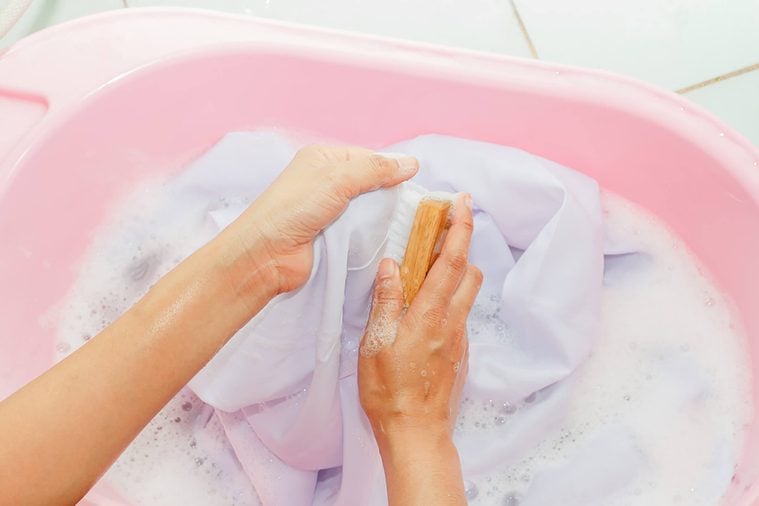
Don’t scrub stains
You may think the best way to treat a stain is to give it elbow grease, vigorously scrubbing the stain with detergent. But that’s not the best course of action, and it could even result in the stain spreading. Instead, gently dab the stain, working from the outside in. And, of course, the earlier you treat it, the more likely it is to go away. Watch out for the signs you’re using too much laundry detergent.
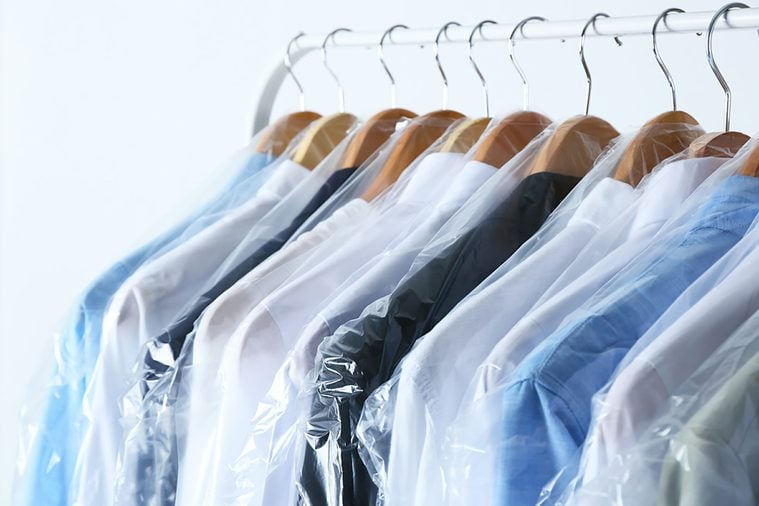
Don’t wash items that should be dry cleaned
If clothing has a “dry clean” label, proceed with caution. Some items don’t actually need to be dry cleaned; if you’re dealing with natural fibers, like linens and silks, it’s probably safe to hand-wash them and let them air-dry. But for items like leather, suede, and “structured pieces” (like blazers and suits), you’ll probably want to obey that label.